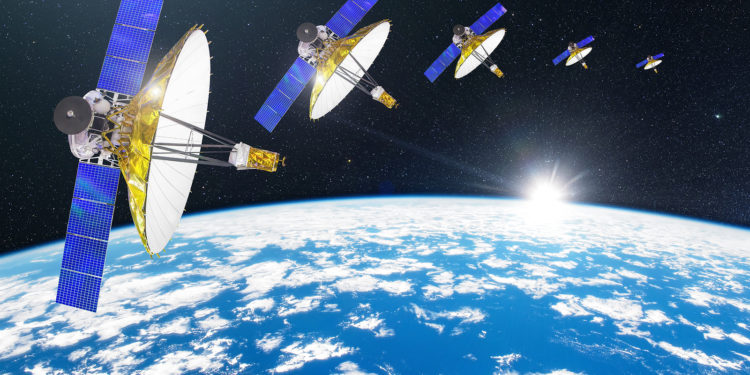Well-known Apple analyst Ming-Chi Kuo claimed last weekend that the iPhone 13 could potentially support LEO satellite communications. Now, more and more voices are accusing the analyst of spreading inaccurate information.
Ming-Chi Kuo recently claimedthat the upcoming iPhone 13 models will have a low-Earth orbit (LEO) satellite communication mode. This would allow an iPhone 13 user to send messages and make calls even when they are not within standard 4G/5G cellular coverage. In the analysis, Kuo said that Apple will use a "customized" Qualcomm X60 baseband chip that supports satellite communications. He also claimed that Apple would work with Qualcomm partner Globalstar, as Qualcomm will implement support for Globalstar's n53 band in a future modem.
Globalstar is indeed a satellite company
Shortly thereafter, initial reactions were documented by various cellular analysts and other mobile device and communications experts. They all called Kuo's statement "inaccurate" and contradicted the whole thing. Globalstar is indeed a satellite company that works with Qualcomm. But the n53 band that Kuo mentions is terrestrial spectrum. In February, Globalstar announced that Qualcomm's next-generation X65 modem will offer global 5G n53 support to expand Globalstar's "terrestrial spectrum commercialization." The n53 band is a variant of Globalstar's terrestrial band 53, which is already used for 4G and 5G private networks. Nokia, for example, uses band 53 for a private radio network in the Port of Seattle. Globalstar uses the mid-band spectrum for partner companiesthat would otherwise not have access to licensed spectrum. This means that the company does not market or offer Band 53 or n53 spectrum for satellite communications – it is intended solely for terrestrial coverage.
iPhone 13 with improved 5G connectivity
Communication between satellite and earth is not a function of the spectrum mentioned by Kuo. Moreover, it is not approved for this type of use. It is also worth noting that Qualcomm has partnered with Globalstar for Band 53 in the X65 modem, which is not the modem that Apple is using this year. The iPhone 13 series is said to use the X60 modem, with Kuo claiming at this point that a special variant that supports n53 will be used. But that does not mean that the iPhone 13 can actually communicate with satellites, but rather that it will get improved 5G connectivity - according to various observers, including Sascha Segan of PCMag. Kuo is actually known for being very well informed when it comes to Apple's future plans. But sometimes it happens that the analyst is either wrong or communicates details incorrectly.
Apple is interested in satellites
There have already been rumors that Apple employs a "secret" satellite team working on ways to use satellites for communications purposes. Apple has a dozen space, satellite and antenna design engineers working on the project, Bloomberg reports already in 2019 But what is the point of all this? If the rumor is to be believed, Apple's goal is to reduce dependence on mobile operators and improve coverage. The report at the time claimed that Cupertino hopes to be able to solve the problem within five years. This would mean that Apple could not present the first iPhone with real satellite support until 2024 at the earliest. (Photo by aapsky / Bigstockphoto)





